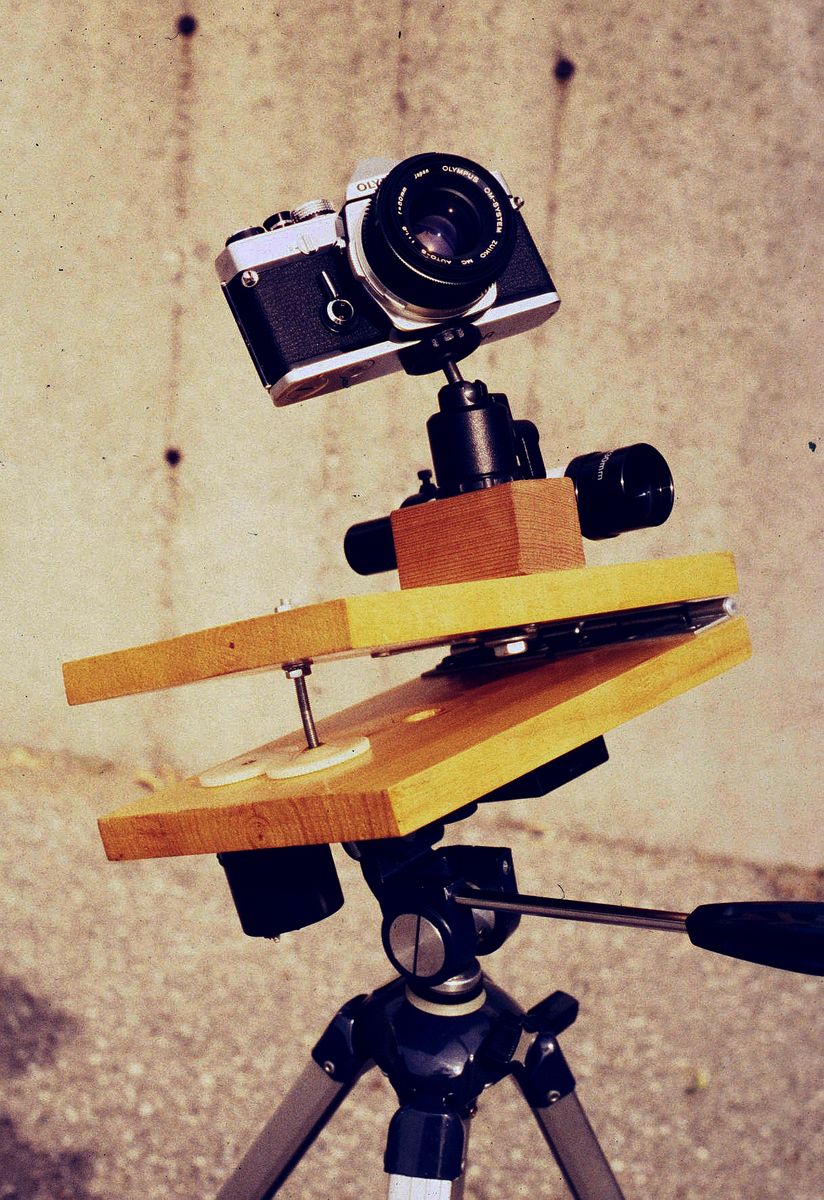AlenK
Active Member
- Joined
- Apr 13, 2023
- Messages
- 25
This seems an opportune time on this new forum to ask such a question. I'll provide the first answer. Primarily, I do “deep sky” astrophotography. Most of that is through lenses on a DSLR, with about 30% of images taken with the same DSLR attached to one of several telescopes. I have been gradually widening my fields of view to the point where I now end up with terrestrial foregrounds in my shots as a feature rather than an accident, i.e., I do more nightscapes.
One thing I have not seriously done is planetary imaging. However, I do occasionally take images of the full disk of the moon through a telescope. That’s more a case of shooting the thing that is destroying the nice dark sky I wish was there instead of fighting it.
Because deep-sky and nightscapes do benefit greatly from dark skies, I primarily shoot from country sites that are less than hour’s drive from the moderate-sized city in which I live in mid-latitude North America. (As close as I will come to pinning down my actual location.) The few times I have tried to do such imaging in my backyard have been excercises in frustration with little reward.
Your turn!
One thing I have not seriously done is planetary imaging. However, I do occasionally take images of the full disk of the moon through a telescope. That’s more a case of shooting the thing that is destroying the nice dark sky I wish was there instead of fighting it.
Because deep-sky and nightscapes do benefit greatly from dark skies, I primarily shoot from country sites that are less than hour’s drive from the moderate-sized city in which I live in mid-latitude North America. (As close as I will come to pinning down my actual location.) The few times I have tried to do such imaging in my backyard have been excercises in frustration with little reward.
Your turn!
